Japanese Milk Tea or Japanese Royal Milk Tea is a creamy blend of sugar, milk, water, and black tea. It’s a popular Japanese drink that pairs perfectly with a number of snacks and would be an excellent choice to serve at any tea time!
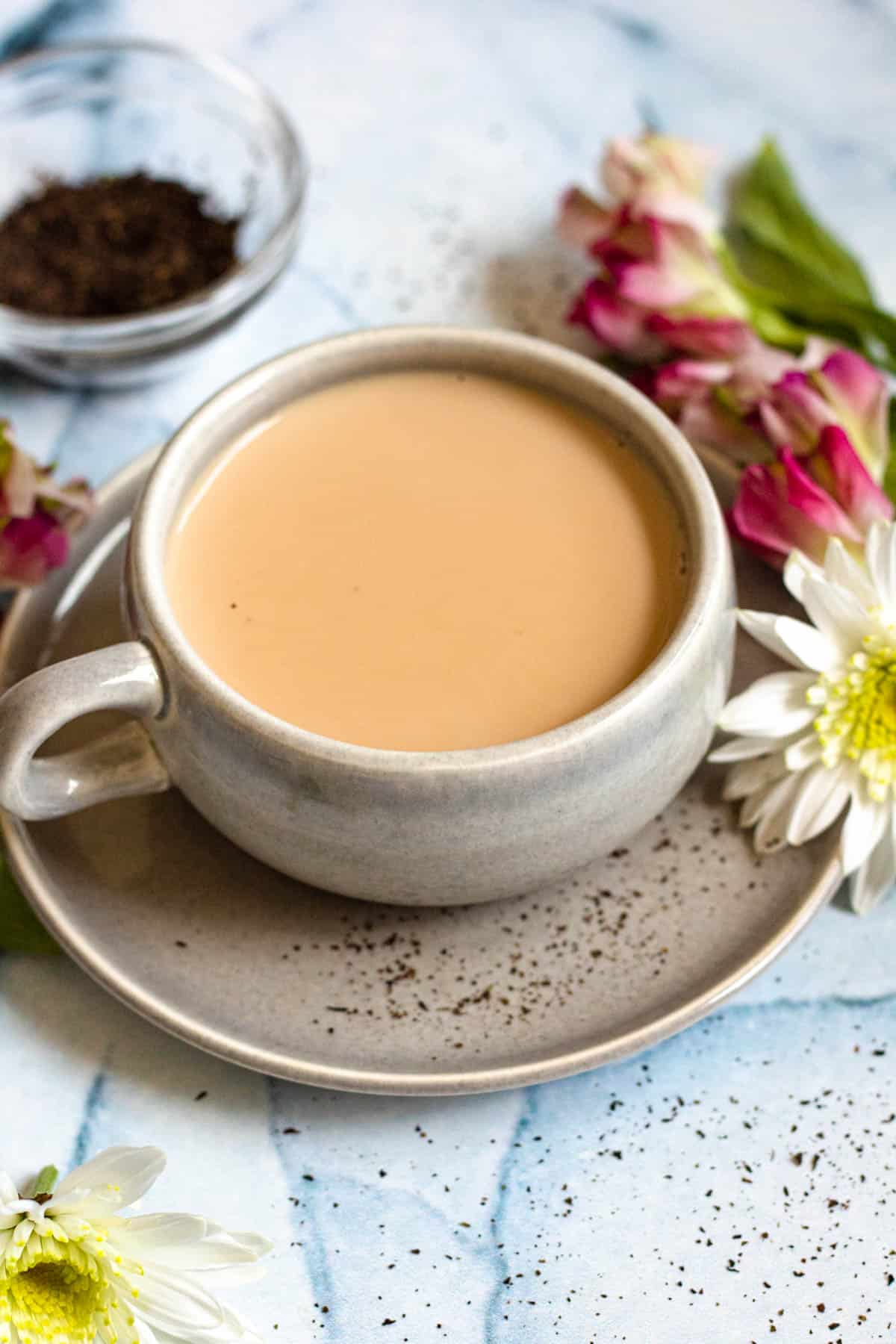
Hello Reader! I try my hardest to research recipes as best as I can before posting to ensure I am representing each culture correctly. If this recipe is from your country and I have made a mistake or you have suggestions for how to make it more authentic, I would love to hear! Please leave a comment below letting me know what should be different, and I will rework the recipe. It is always my intention to pay homage and respect to each cultural dish that I cook. Thanks for reading!
This Japanese Milk Tea Recipe is as creamy and delicious as you would expect with a name like that, and the taste is pretty great, too! It’s a popular drink made with the perfect mixture of milk, water, black tea leaves, and, of course, a dash of sugar.
Japanese Milk Tea differs from regular milk tea, which is essentially black tea with a dash of milk added at the end. Royal Milk Tea is a tea that is brewed directly in milk, along with water, giving it a much higher milk-to-tea ratio, a silky texture, and a rich milky flavor.
Even with the sweetness and the extra fat from the milk, Japanese Milk Tea still manages to provide some health benefits. It can help reduce stress, increase energy, and provide plenty of antioxidants.
In Japan, you can find Royal Milk Tea on the menu in just about every cafe, as well as bottles of royal milk tea sold in vending machines, grocery stores, and convenience stores. It’s also very easy to make and enjoy a high-quality cup of milk tea at home. Want to know more about milk tea and Japanese Milk Tea? I share some differences so check it out.
Recipe Origins
While the name makes it sound like some ancient drink enjoyed by royal leaders for centuries, royal milk tea is not all that old or famous.
It was invented by Lipton Tea in Japan in the 1960s as part of a “royal” recipe series, and it simply took off.
It’s very similar to Indian-style chai, but Indian-style chai includes more herbs and spices to give it a distinct flavor.
Japanese Milk Tea is also very similar to English milk tea, but it contains a higher ratio of milk to water–usually a one-to-one ratio. Some cafes will even use evaporated milk or cream to make the drink truly decadent and give it a very creamy texture (this is starting to sound similar to this Iced Coffee Recipe from Southeast Asia!).
Why Make This Recipe
- Health Benefits: Tea has antioxidants that help boost your immune system and improve heart health. While this type of tea may not be the best for weight loss, it is better for you than many sugary drinks.
- Perfect for Relaxing: A nice, creamy cup of tea is the perfect way to relax and unwind. It’s a comforting drink that is much better for you than alcohol or soda and can actually have a calming effect on the body.
- Taste of Japan: You can find Japanese Milk Tea all over Japan from the nicest tea houses to bottled in convenience stores.
Ingredients
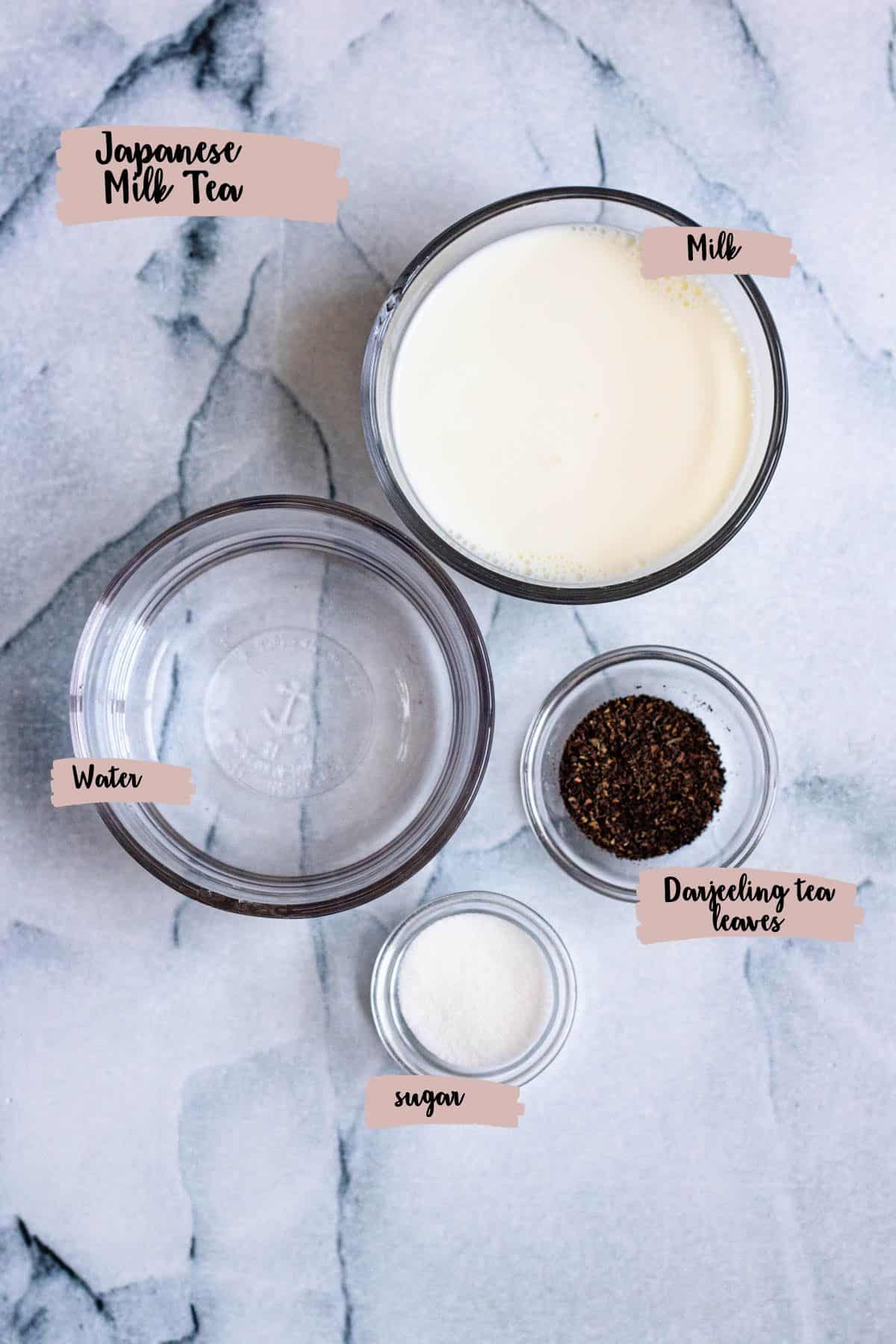
Here is a visual overview of the ingredients in the recipe. Scroll down to the recipe at the bottom for quantities.
- Loose Darjeeling Tea Leaves: You can find Darjeeling leaves online. You can also purchase bags if you prefer.
- Milk: Typically this tea is made with whole milk. You could substitute any milk you’d like, but it may make for a less silky texture. Try it with oat milk, almond milk, coconut milk, or soy milk to change it up!
- Granulated Sugar: You may use more or less sugar than the recipe calls for or use any sweetener you have on hand, but I wouldn’t skip it entirely. This tea is meant to be sweet.
How to Make This Recipe
Step One: Prepare Your Cups
Fill 2 tea cups with the hottest water from your tap. This will keep the cup warm until you are ready to put the tea in it.
Step Two: Boil Water
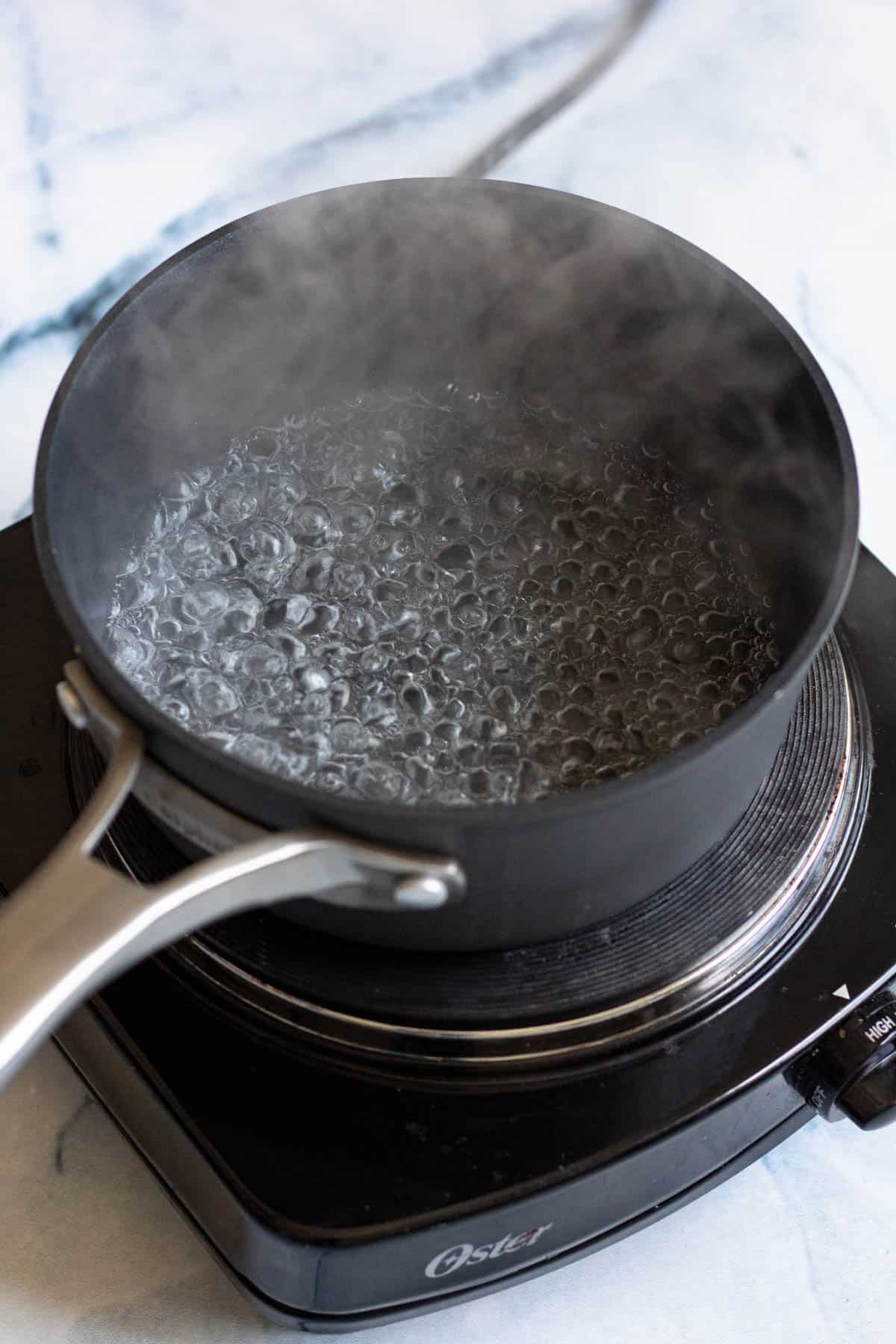
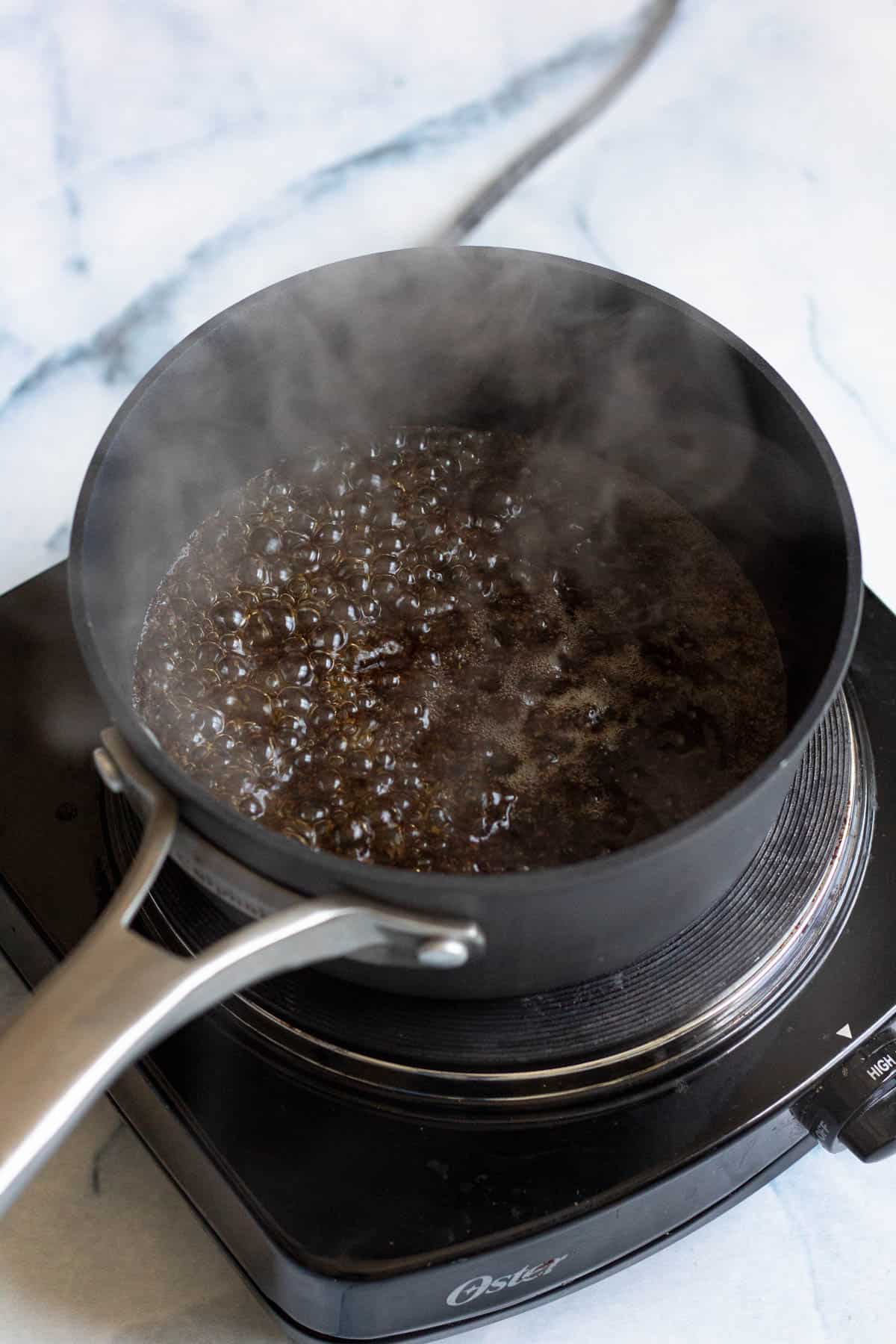
Add the water into a small saucepan over high heat. Heat until it comes to a boil.
Add the tea leaves to the water and boil for 2 minutes.
Step Three: Add the Milk
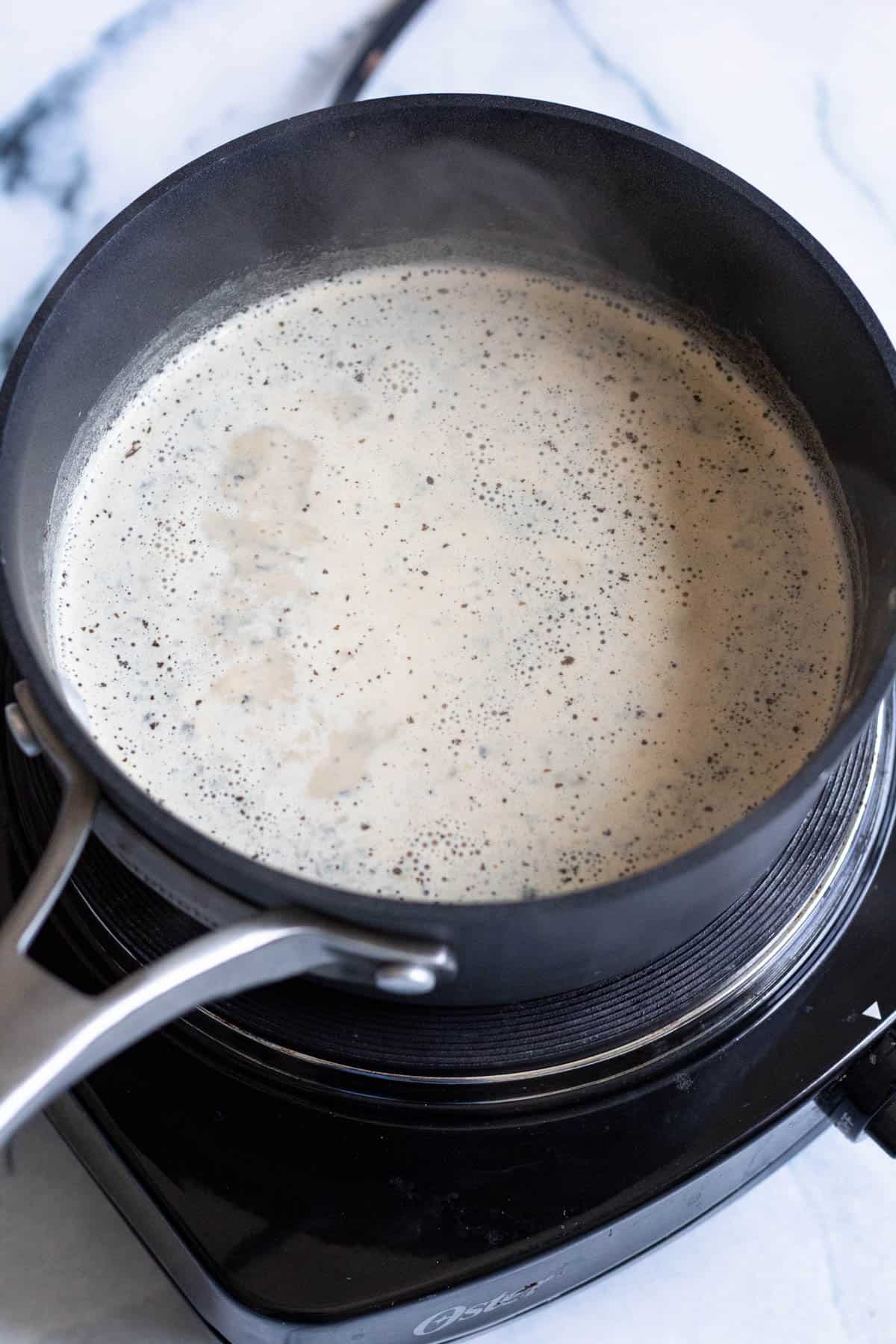
Add the milk to the tea and reduce the heat to medium. Heat the milk, stirring occasionally, until it just barely comes to a simmer. Do not allow the milk to boil.
Step Four: Steep the Tea
Pour the Royal Milk Tea through a fine mesh strainer or tea strainer, removing all of the loose tea leaves.
Once strained, pour the hot water out of your tea cups. Then divide the tea between two warmed tea cups.
Flavor with granulated sugar or simple syrup if desired! Enjoy!
Expert Tips
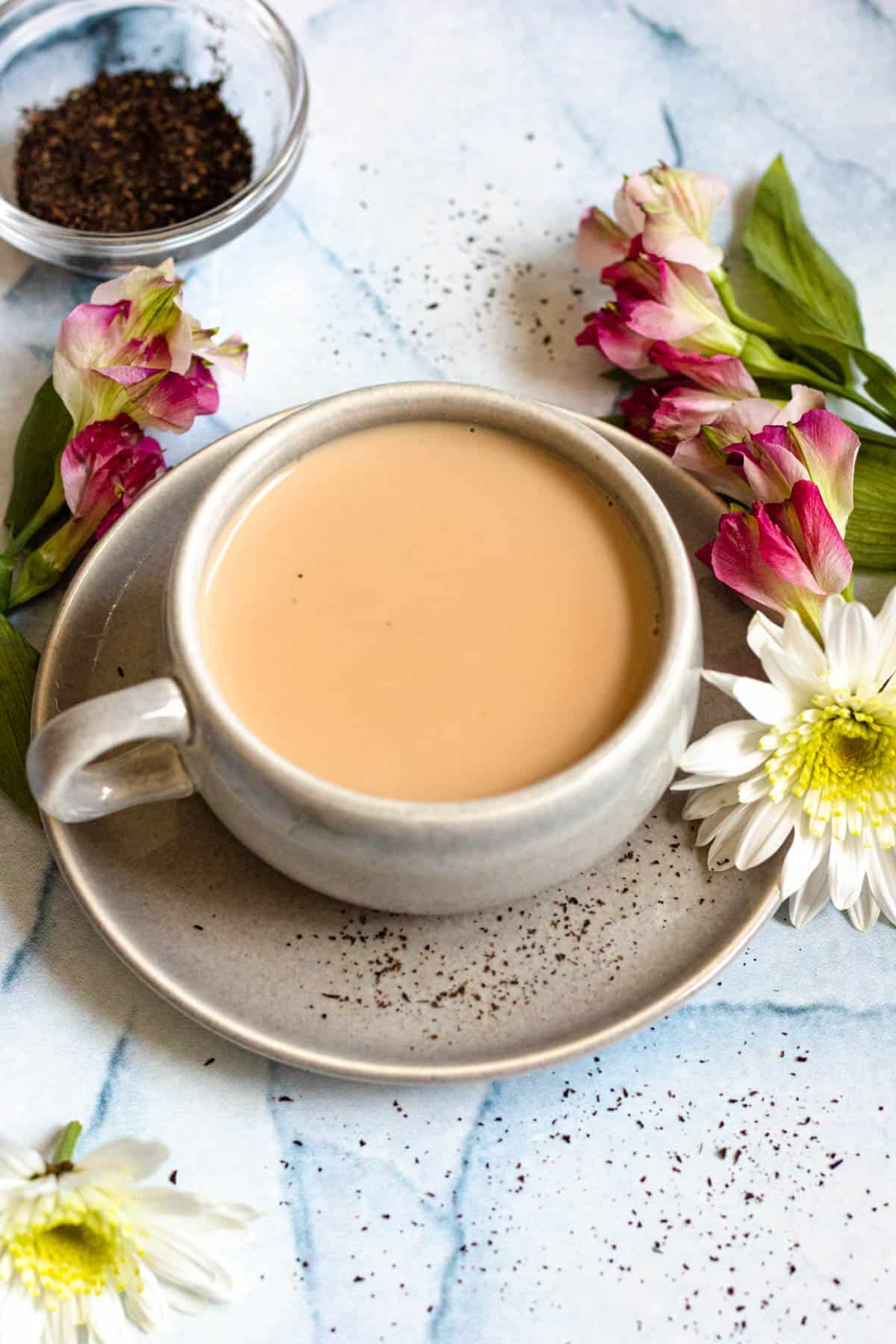
- You can use any sweetener, but it will change the flavor of the tea. Honey gives the tea a rich flavor.
- Be careful not to let your milk and water come to a boil. This will affect the flavor of the tea leaves and your delicious tea.
Variations to this Japanese Milk Tea Recipe
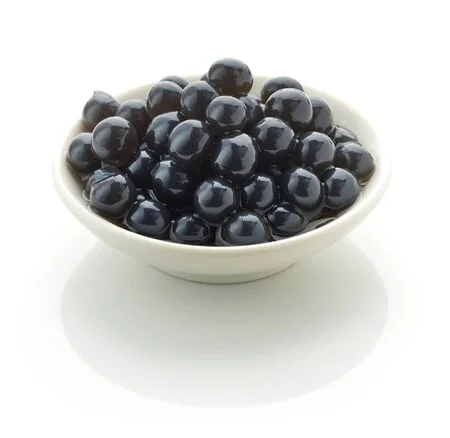
- In Japan, it is common to find boba pearls added to this tea. Feel free to add your own tapioca pearls to make it a boba tea.
- Royal Milk Tea is sold in packets and you may even find some in different flavors like peach or raspberry.
- This hot tea can also be enjoyed cold. Simply put it in the refrigerator after it is prepared or add a few ice cubes to the creamy tea.
FAQ
If you cannot find loose Darjeeling tea leaves, you can also buy tea bags and cut them open to get the leaves. Alternatively, you can also use the bags to steep the tea!
I like the earthy flavor of the Darjeeling leaves but some people make their Japanese Milk Tea Recipe with Assam leaves instead. This will change the taste and feel of the tea. You may also see royal milk tea made with green tea.
Darjeeling and Assam tea leaves are both black tea leaves produced in India. They are named after the area they come from.
Assam leaves produce a flavor that is described as malty and rich. Darjeeling is more earthy.
Many black tea blends will contain a blend of Darjeeling and Assam tea leaves, and both are acceptable to use in this tasty tea.
Both of these types of tea are considered “stewed tea” because they are brewed directly in milk and water rather than having milk added to the finished cup of tea.
The difference is that Indian chai has added spices and herbs that give it a unique flavor.
Royal milk tea is usually made with whole milk or possibly condensed milk. You can make your own version at home using any milk you like.
Did you enjoy this Japanese Milk Tea Recipe? If so, make sure to check out these other recipes I picked out just for you!
- Colombian Hot Chocolate with Cheese
- Cinnamon Tea Recipe with Cinnamon Bark
- Hibiscus Tea with Dried Flowers
- Butter Tea from Bhutan
- How Long Do You Boil Tortellini
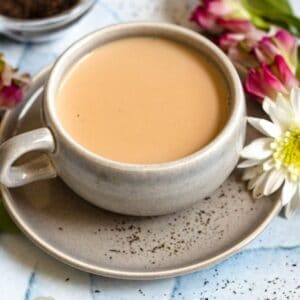
Japanese Milk Tea Recipe
Equipment
- Strainer/Colander
- Saucepan
Ingredients
- 1 cup water
- 1 tbsp Darjeeling tea leaves, loose
- 1 cup milk
- 2 tsp granulated sugar, more or less to taste
Instructions
- Fill 2 tea cups with the hottest water from your tap. This will keep the cup warm until you are ready to put the tea in it.
- Add the 1 cup water into a small saucepan over high heat. Heat until it comes to a boil.
- Add 1 tbsp tea leaves into the water and boil for 2 minutes.
- Add 1 cup milk into the tea and reduce the heat to medium. Heat the milk, stirring occasionally, until it just barely comes to a simmer. Do not allow the milk to boil.
- Pour the Royal Milk Tea through a fine mesh strainer or tea strainer, removing all of the loose tea leaves.
- Once strained, pour the hot water out of your tea cups. Then divide the tea amongst two warmed tea cups.
- Flavor with 2 tsp granulated sugar if desired! Enjoy!
Notes
- Loose Darjeeling Tea Leaves: You can find Darjeeling leaves online. You can also purchase bags if you prefer.
- Milk: Typically this tea is made with whole milk. You could substitute any milk you’d like, but it may make for a less silky texture. Try it with oat milk, almond milk, coconut milk, or soy milk to change it up!
- Granulated Sugar: You may use more or less sugar than the recipe calls for or use any sweetener you have on hand, but I wouldn’t skip it entirely. This tea is meant to be sweet.
- You can use any sweetener, but it will change the flavor of the tea. Honey gives the tea a rich flavor.
- Be careful not to let your milk and water come to a boil. This will affect the flavor of the tea leaves and your delicious tea.




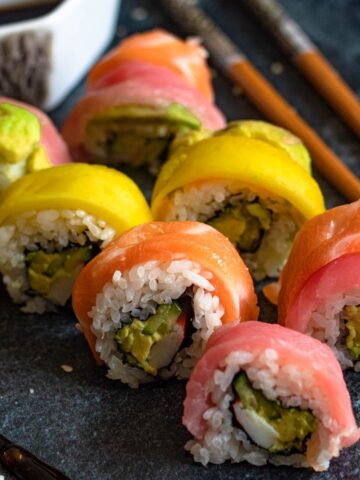
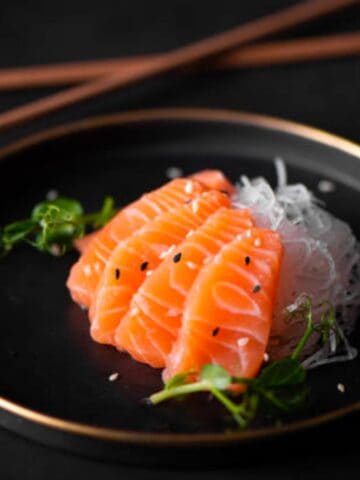
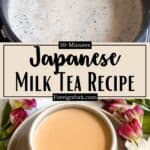
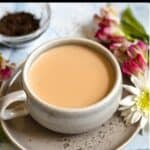
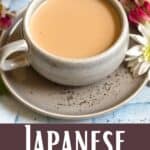
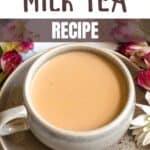
Leave a Reply